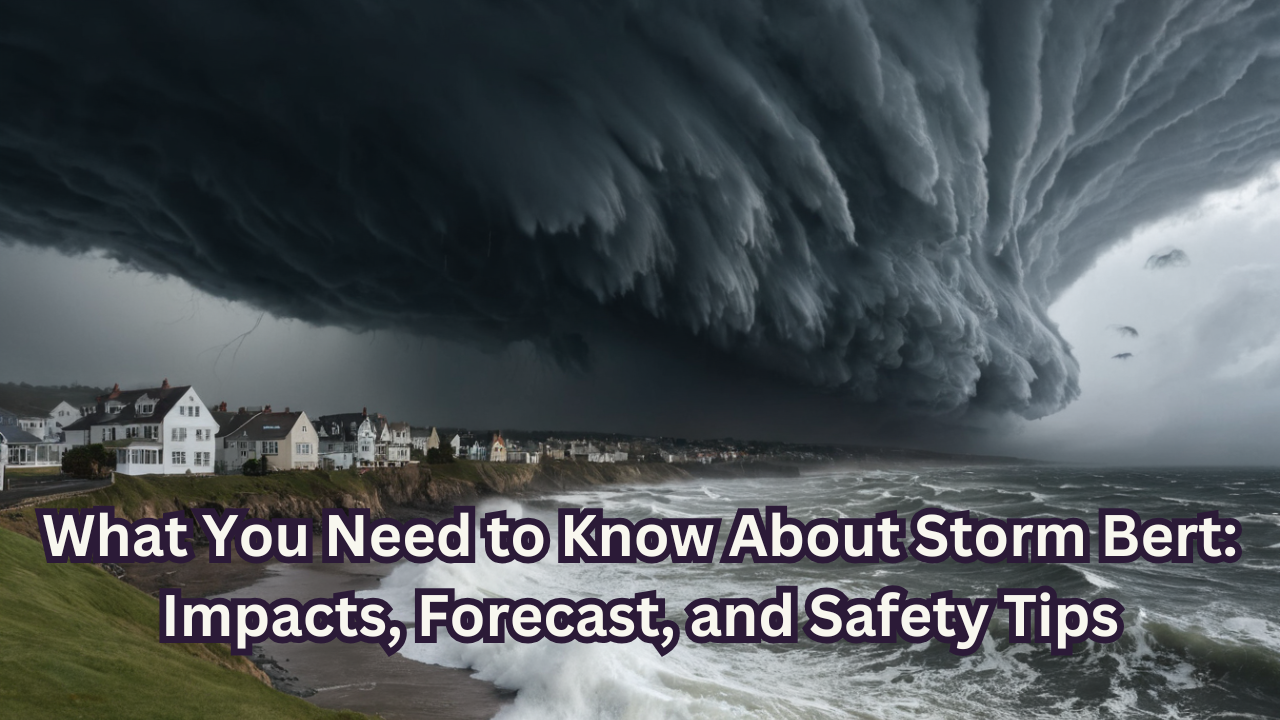Storms can be unpredictable and dangerous, but staying informed is key to protecting yourself and your family. Storm Bert is one such weather event making headlines, and it’s important to understand its potential impacts, forecasts, and the best safety measures to take. In this article, we’ll break down everything you need to know about Storm Bert, including what to expect, where it’s headed, and how to stay safe.
What is Storm Bert?
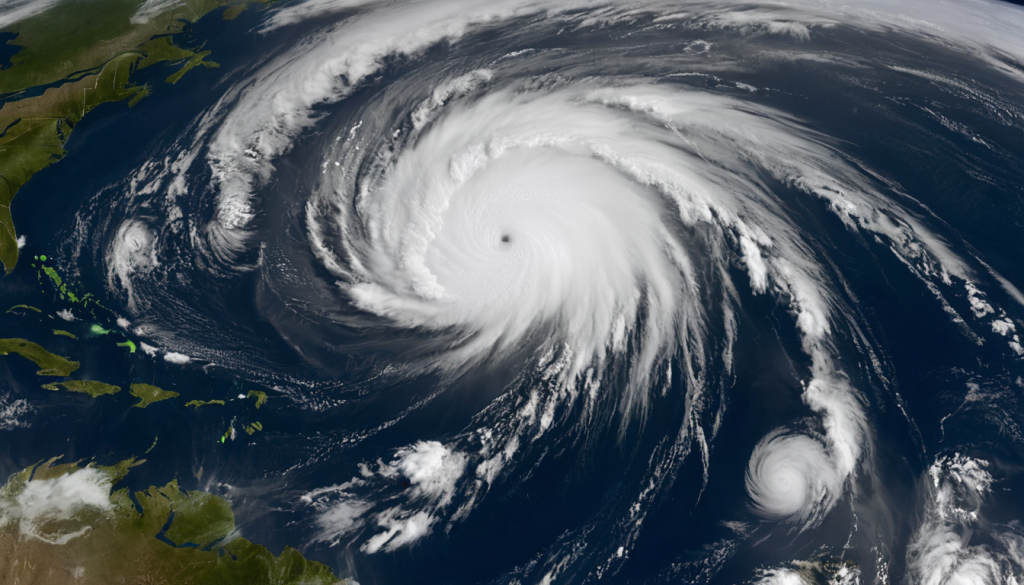
Storm Bert is the latest weather system to gain attention, and it’s important to stay updated on its progress. The storm, which originated in the Atlantic, is causing concern due to its strong winds, heavy rainfall, and the potential for flooding in certain areas. Storms like Bert are part of the seasonal weather patterns, and understanding how they form and move can help you prepare.
Storm Bert Forecast: Where and When?

While the exact path of Storm Bert may shift over time, meteorologists have provided a forecast that can help those in its projected path prepare. Storm Bert is expected to impact coastal regions and areas with low-lying terrain, where flooding and strong winds are likely. Keep an eye on local weather reports and official warnings for the most current updates on the storm’s movement.
Here are some general areas that may be affected by Storm Bert:
- Coastal regions with high winds and heavy rainfall
- Flood-prone zones where rainfall could cause rising water levels
- Areas near rivers or lakes that may experience flash flooding
The Impacts of Storm Bert
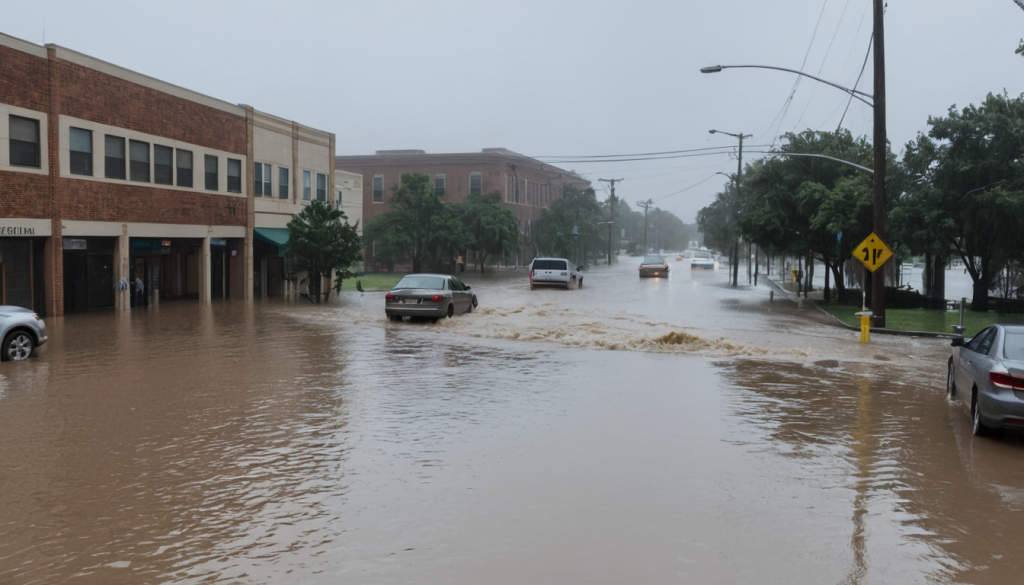
Storm Bert may bring several significant impacts to affected regions. While some areas may experience mild conditions, others could face severe weather patterns. Here are some of the key potential impacts of Storm Bert:
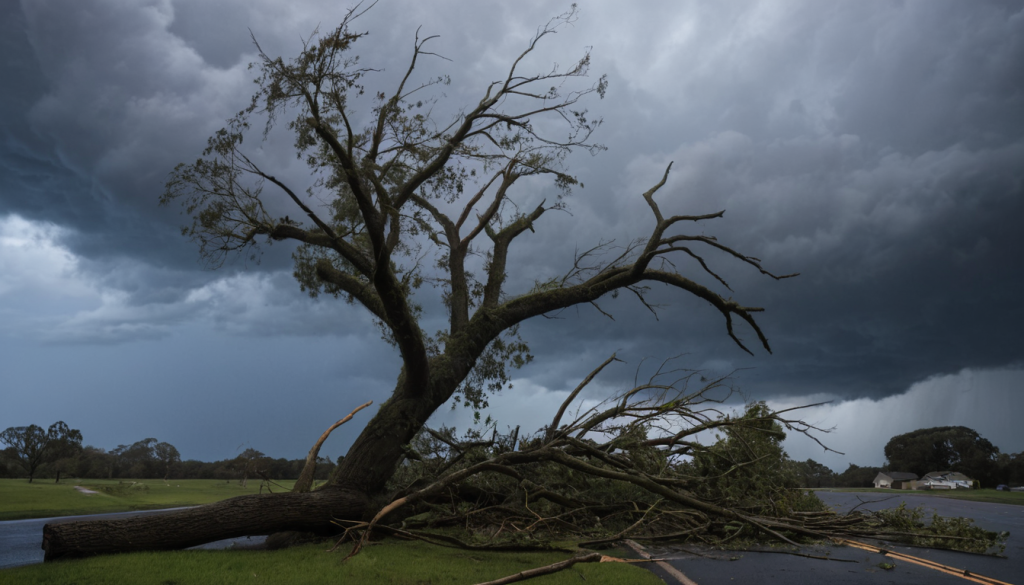
- Heavy Rainfall and Flooding One of the main concerns with Storm Bert is the heavy rainfall it may bring, especially in areas that are already saturated from previous storms. Local flooding and flash floods are possible, especially in urban areas with poor drainage systems.
- Strong Winds Wind speeds from Storm Bert could reach up to 60 mph (97 km/h) or more, causing damage to trees, power lines, and buildings. High winds can also make travel dangerous, especially for drivers on roads with poor visibility or in regions prone to fallen debris.
- Coastal Hazards Coastal regions are likely to face storm surges and dangerous waves, which could lead to beach erosion, flooding, and property damage. Those living near the coast should remain on high alert for possible evacuations.
- Power Outages Due to the combination of heavy rain and high winds, power outages are expected in some regions. If you’re in an area that might be affected, it’s essential to have backup power sources and emergency supplies.
How to Stay Safe During Storm Bert
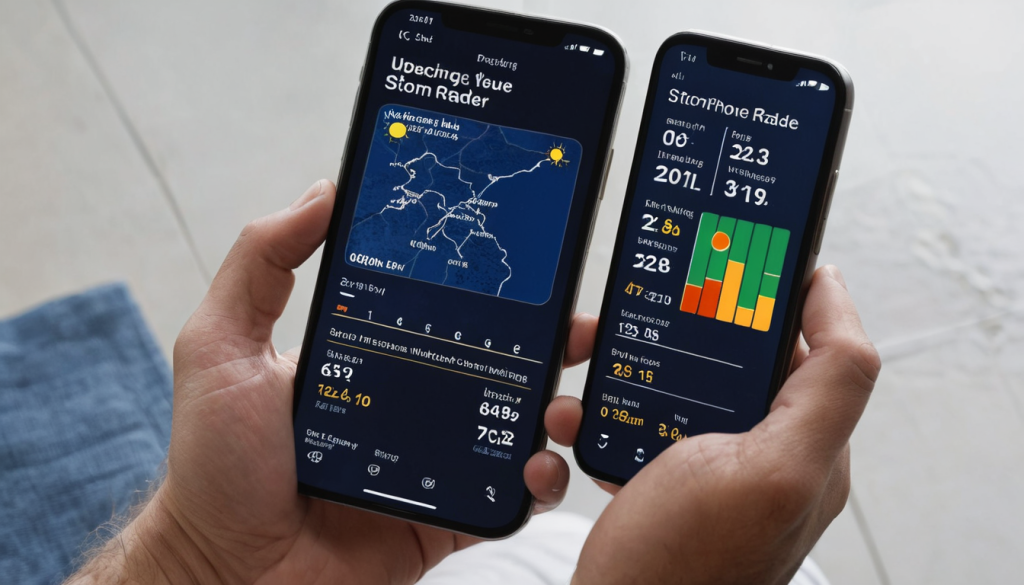
Safety should always be a top priority during any storm. Here are some simple yet important safety tips to keep in mind:
- Stay Informed Regularly check official weather sources like the National Weather Service or local news for updates on Storm Bert’s path and intensity. Mobile apps and weather websites can help you track the storm in real-time.
- Create an Emergency Kit Having a disaster kit ready with essentials like water, non-perishable food, flashlights, batteries, and a first aid kit is crucial. If you lose power, having these supplies on hand will make the situation easier to manage.
- Secure Your Property If you’re in an area at risk of flooding or high winds, take steps to secure outdoor furniture, windows, and doors. Sandbags can help prevent water from entering your home, and storm shutters or plywood can protect windows from debris.
- Avoid Traveling During the Storm If you’re in a region impacted by Storm Bert, avoid unnecessary travel. High winds and poor visibility can make driving dangerous, and flooding can make roads impassable.
- Know Your Evacuation Routes In extreme cases, local authorities may order evacuations. Be sure to know the safest routes out of your area and where shelters are located. Have a plan in place for family members, pets, and essential belongings.
- Stay Inside During the storm, stay indoors and avoid going near windows. The storm’s strength may increase unexpectedly, and flying debris can cause serious injury.
How to Prepare for Storm Bert: Key Steps

- Monitor Weather Updates: Make sure you have a reliable way to get storm alerts, whether it’s through mobile apps, radio broadcasts, or TV news.
- Check Your Insurance: Review your home insurance policy to make sure you’re covered for storm-related damages, including flooding.
- Plan for Flooding: Know if your home is in a flood zone. Consider elevating important items and using flood barriers to protect entryways.
- Charge Your Devices: Ensure that your phone, laptop, and any other devices are fully charged in case of a power outage. Consider investing in a portable charger.
- Help Vulnerable Neighbors: If you know someone who is elderly, disabled, or has young children, offer help in preparing for the storm.
Conclusion: Stay Prepared and Stay Safe
Storm Bert may bring heavy rain, strong winds, and coastal threats, but with the right preparation, you can stay safe and minimize damage. By staying informed, following safety guidelines, and preparing in advance, you can protect yourself, your family, and your property from the potential impacts of the storm. Remember, the more prepared you are, the better equipped you’ll be to handle the storm’s challenges.

